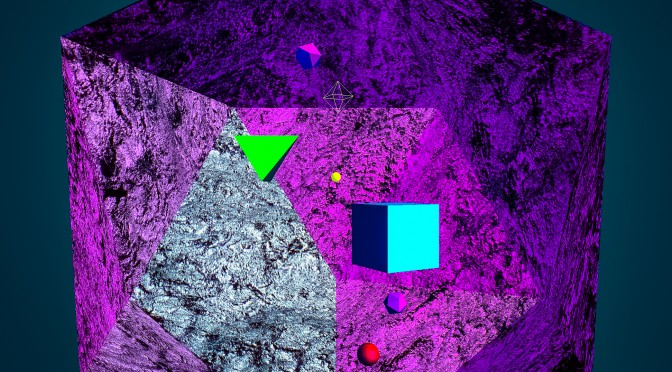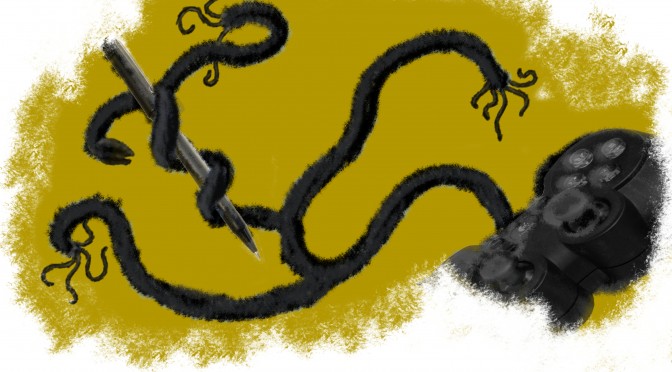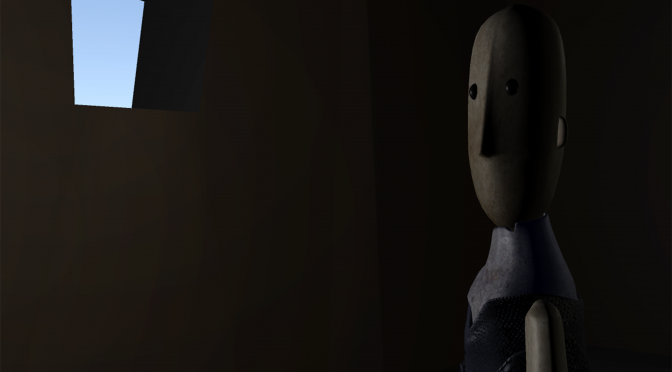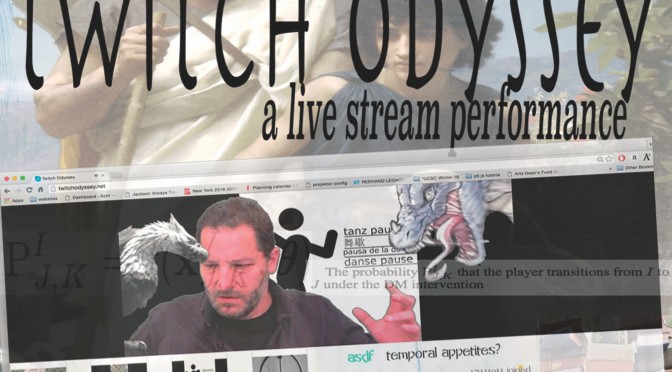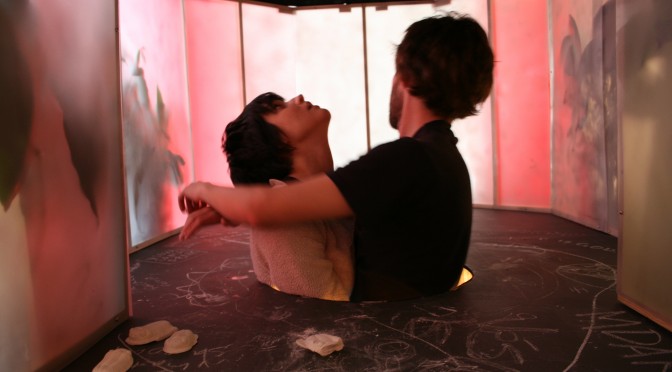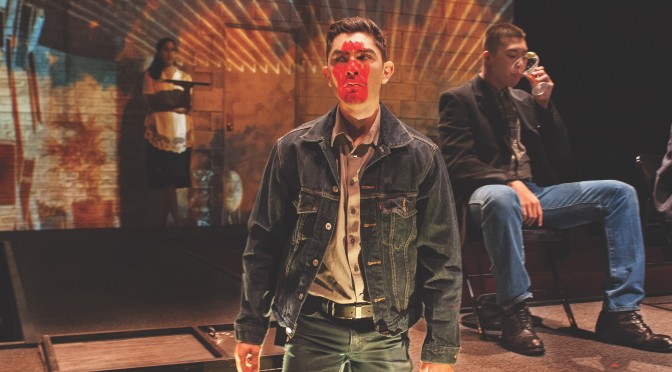Vocal Landscaping
Vocal Landscaping is a voice interactive sound installation modeled upon modal intoning paradigms common throughout the Renaissance. Vocal Landscaping explores how machine listening might be utilized to cultivate the uniquely embodied voice while challenging conventions of passive consumption and mimesis which have arisen alongside prevalent configurations of sound media. Visitors use their voices to complete puzzles dependent upon particular tones and durations. Matching tones activate a virtual landscape, are inscribed into audio buffers, and are rebroadcast into the installation space through a series of resonant objects affixed with transducers. Each round of the game explores a particular modal/elemental correspondence.
Steven Trimmer is a sound and new media artist centered in Santa Cruz, CA. His work invites participation in expanded forms of expression and listening through the synesthetic coupling of embodied and technical systems. In considering historic sound methodologies throughout his creative process, Trimmer hopes to uncover new paradigms for interfacing the embodied with the virtual. Visit Steven’s website at http://theleapyear.com
